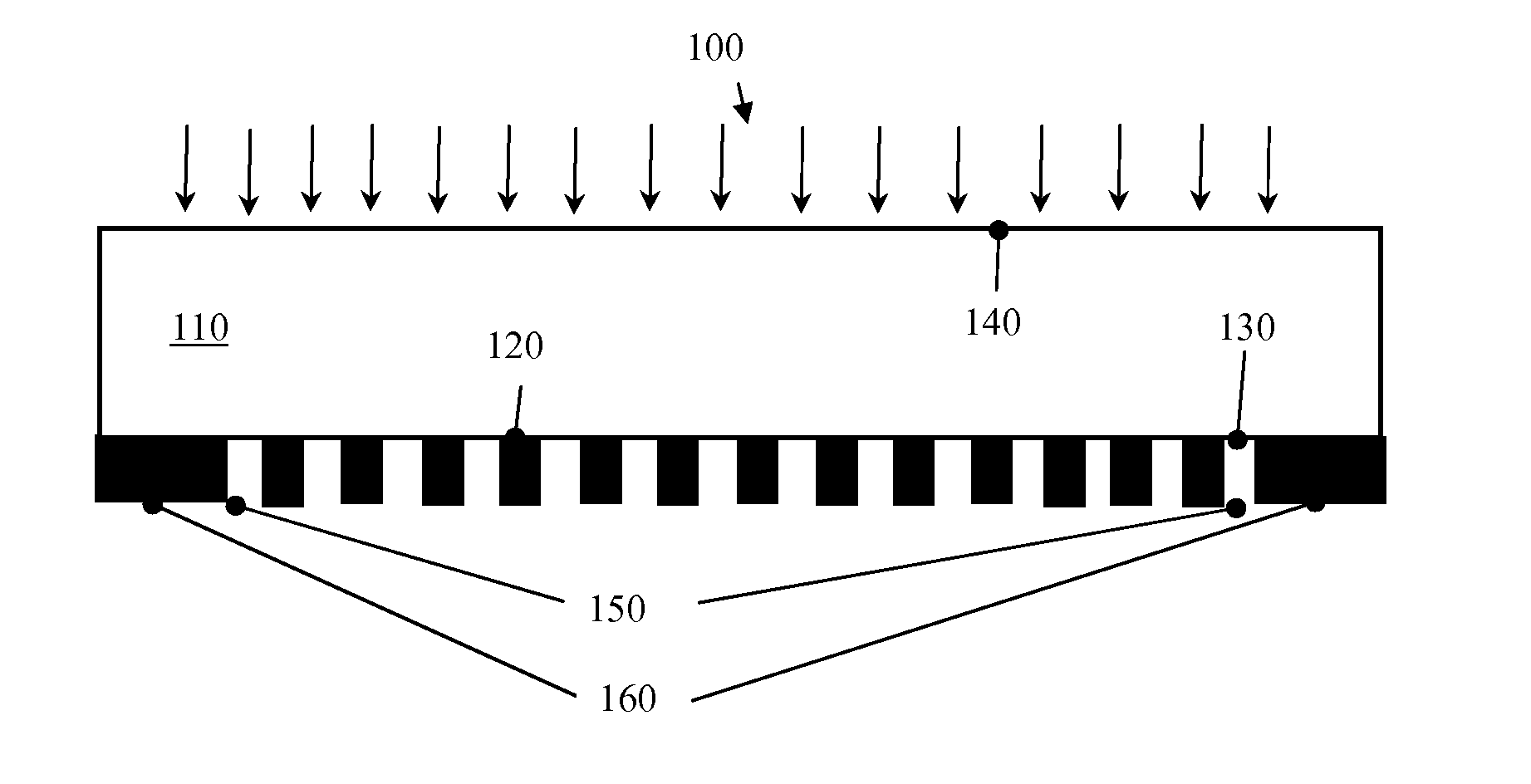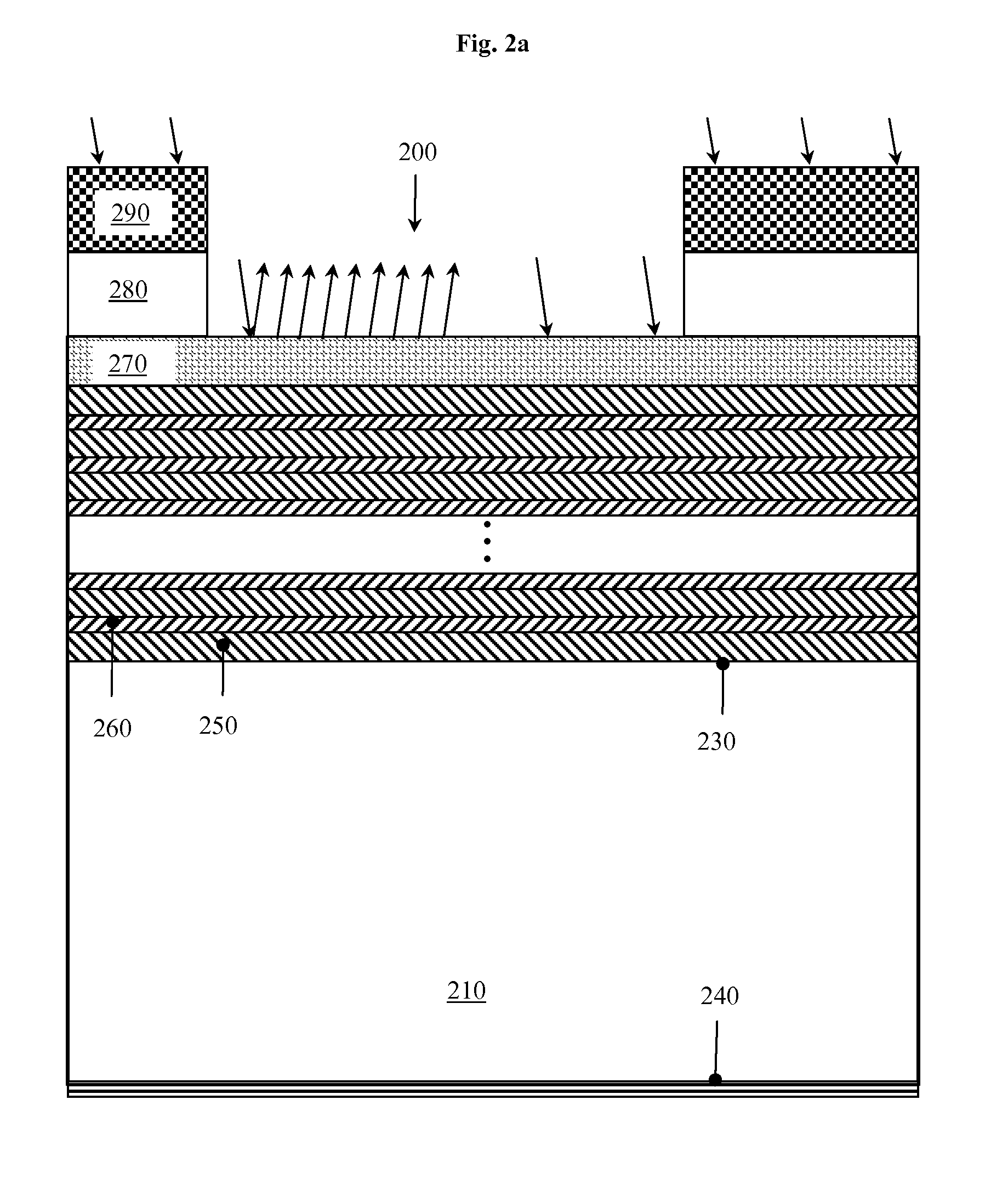Method and apparatus for correcting errors of a photolithographic mask
a photolithographic mask and error correction technology, applied in the field of photolithographic mask error correction, can solve the problems of increasing the complexity of photolithographic mask manufacturing, and increasing the cost of photoresist variations, so as to reduce the overlay error and reduce the remaining registration error
- Summary
- Abstract
- Description
- Claims
- Application Information
AI Technical Summary
Benefits of technology
Problems solved by technology
Method used
Image
Examples
Embodiment Construction
[0178]This part of the specification is organized as follows: It begins with the introduction of some technical terms and of some problems with respect to photolithographic masks and then describes the apparatus used to correct these problems (“photolithographic masks and laser system”). In the second part entitled “registration problems” the inventive method is then applied in order to primarily correct registration errors of a photolithographic mask. A third part entitled “CDU problems” discusses the application of the inventive principle in order to primarily correct critical dimension uniformity (CDU) problems. Further, in the fourth part entitled “overlay problems” the inventive method is used in order to minimize overlay problems between different photolithographic masks in a stack of masks. Finally, the theoretical and / or mathematical background of the inventive method necessary for the discussion of the various examples in this section is presented in an own section entitled...
PUM
| Property | Measurement | Unit |
|---|---|---|
| wavelength | aaaaa | aaaaa |
| wavelength range | aaaaa | aaaaa |
| rotation angle | aaaaa | aaaaa |
Abstract
Description
Claims
Application Information
 Login to View More
Login to View More - R&D
- Intellectual Property
- Life Sciences
- Materials
- Tech Scout
- Unparalleled Data Quality
- Higher Quality Content
- 60% Fewer Hallucinations
Browse by: Latest US Patents, China's latest patents, Technical Efficacy Thesaurus, Application Domain, Technology Topic, Popular Technical Reports.
© 2025 PatSnap. All rights reserved.Legal|Privacy policy|Modern Slavery Act Transparency Statement|Sitemap|About US| Contact US: help@patsnap.com



